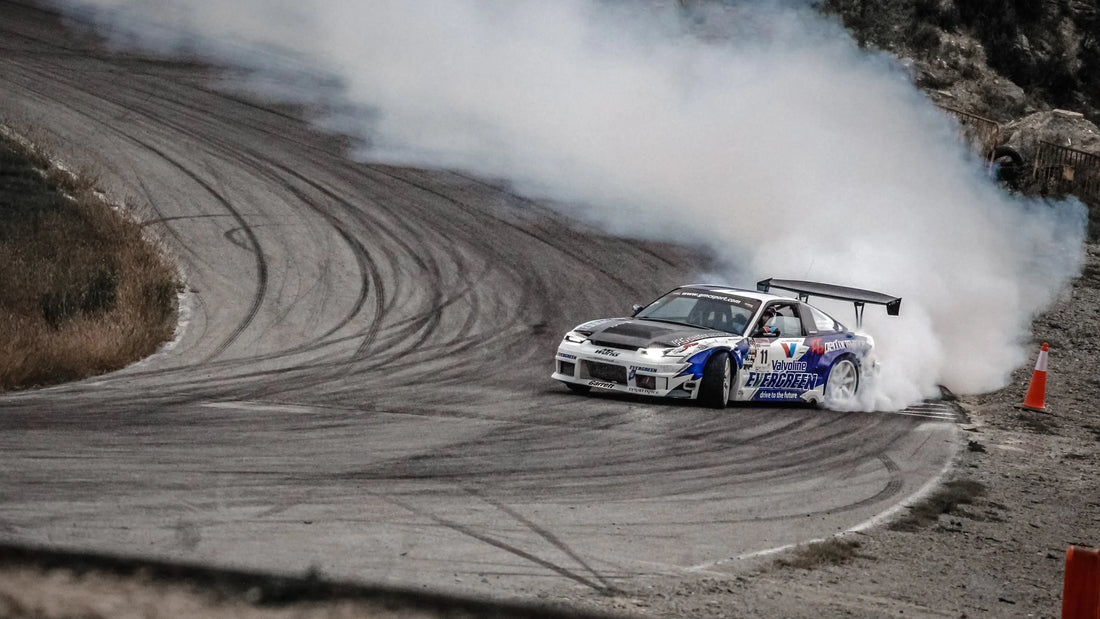
When to Turn Off Traction Control and Stability Control
Jason LiuShare
For many car enthusiasts, tracking their cars is a thrilling experience that provides an opportunity to test the limits of both the machine and their skills. However, the modern tech features like Traction Control (TC) and Stability Control (SC) often raise a common question: When should you turn them off on the track? Let’s dive into the specifics to find out.
Understanding TC and SC: The Key Differences
Traction Control (TC) primarily ensures that the drive wheels do not spin under acceleration. When it detects wheel spin, it reduces engine power or applies brake force to specific wheels, allowing the tires to regain traction.
Stability Control (SC) is a step up from TC. It monitors the car’s stability and steering inputs. If a car starts to oversteer (rear wheels skidding) or understeer (front wheels skidding), the SC system can reduce engine power or apply brakes to individual wheels to bring the car back in line.
Why Traction and Stability Control Can Be Detrimental on the Track
While TC and SC can be lifesavers on public roads, especially in tricky conditions, they can sometimes act as inhibitors on a racetrack. These systems, designed for safety, can intervene at moments when a driver is intentionally pushing the car’s limits. For example, if a driver is trying to induce a controlled slide or push for an aggressive acceleration out of a corner, TC or SC might cut in, reducing power or braking certain wheels, potentially affecting the car’s lap times.
Listening to Your Driving Instincts
While many newcomers to tracking might wonder about the exact moment to switch off these aids, the simple answer is: when you feel like it’s holding you back. Once you’ve got a good handle on the car and the track, you’ll begin to sense these interventions more acutely.
If you’re consistently clocking lap times within a few tenths of a second of each other, it’s an indication that you’re pushing the car to its limits. At this stage, the TC and SC might start to feel restrictive.
Not All Systems are Created Equal
However, a word of caution. Some high-performance cars come with motorsport-grade traction and stability control systems. In these vehicles, the systems are fine-tuned for the track, providing a balanced mix of intervention and freedom.
Take the example of a car with more than 500 hp. Having the TC completely off in such a beast might make it quite a handful, even for a seasoned driver. The sheer power and torque could easily overwhelm the rear tires, leading to uncontrolled slides.
A prime illustration is the Porsche 911 GT3RS. You might think that going manual would give you an edge, but in reality, the factory-set TC and SC are so finely calibrated that you’re unlikely to beat the car’s potential lap times with them disabled.
Wrapping Up
When you’re tracking a car, your goal is to extract the best performance while maintaining control. Traction and stability control systems can aid in this pursuit, but knowing when and how to reduce their intervention comes with experience and understanding of the car. Always remember to prioritize safety and learn your car’s dynamics before making any decisions about electronic aids on the track.
